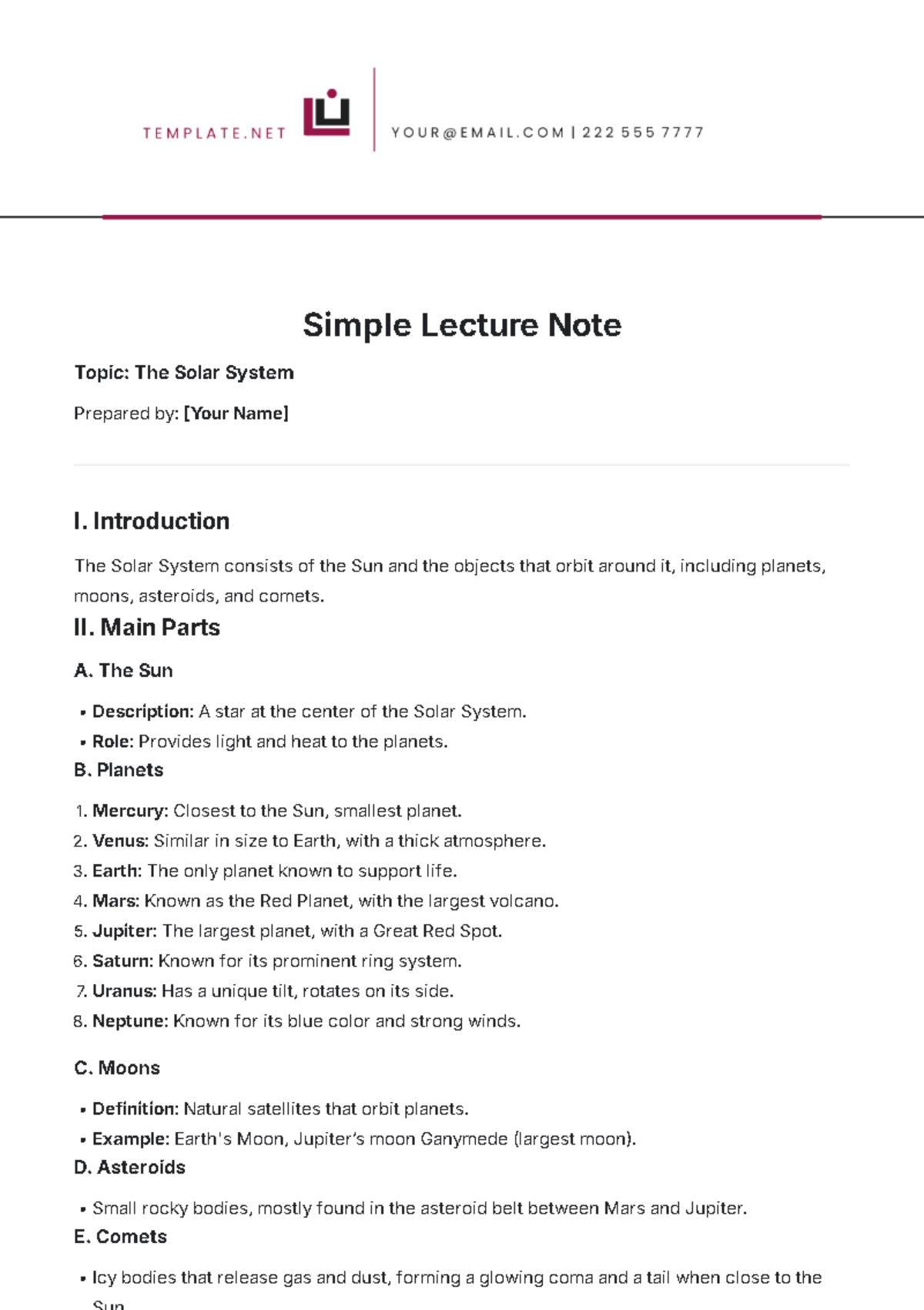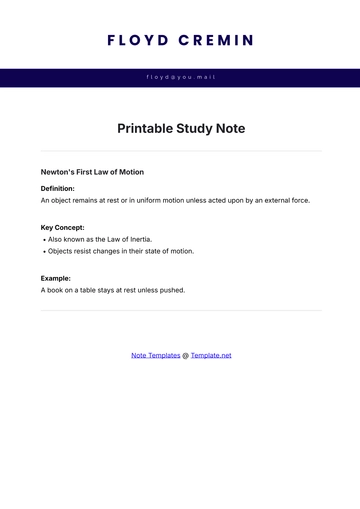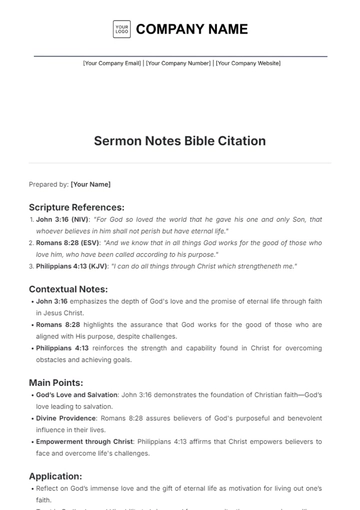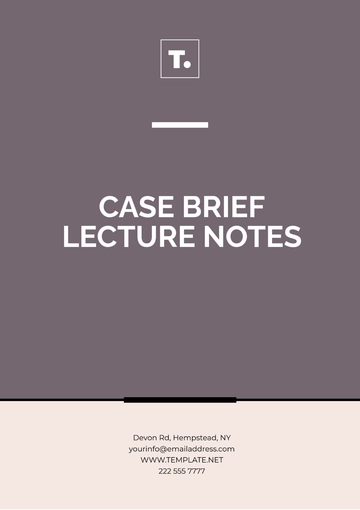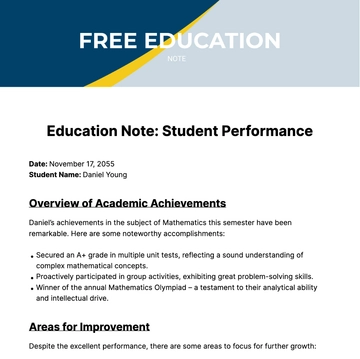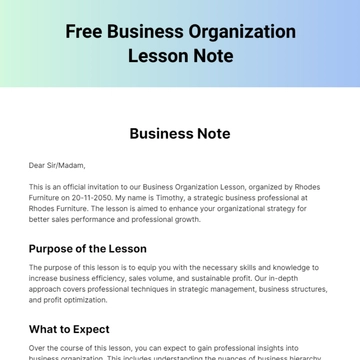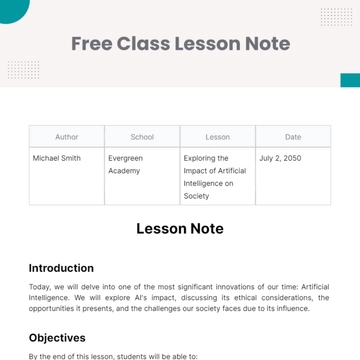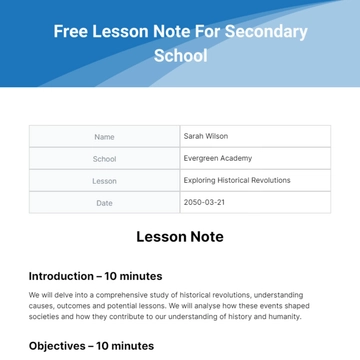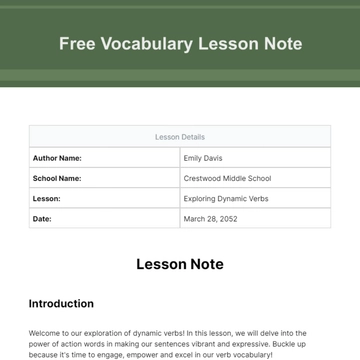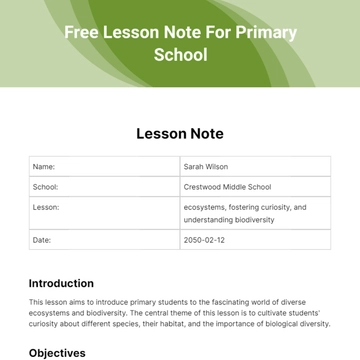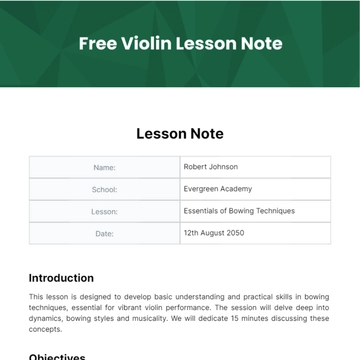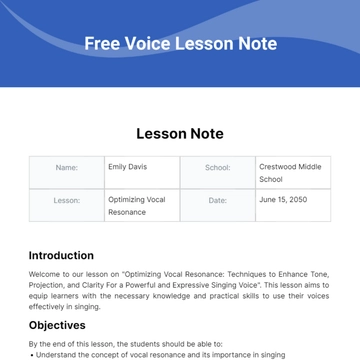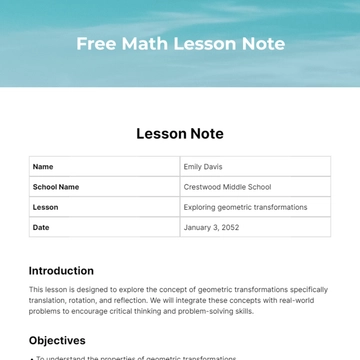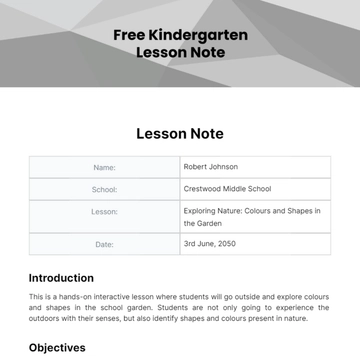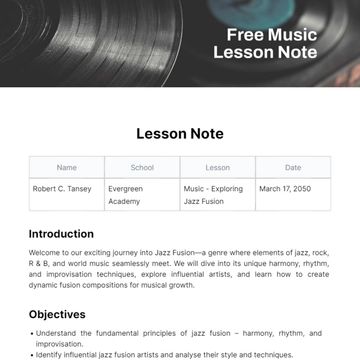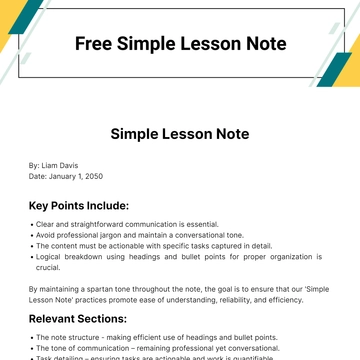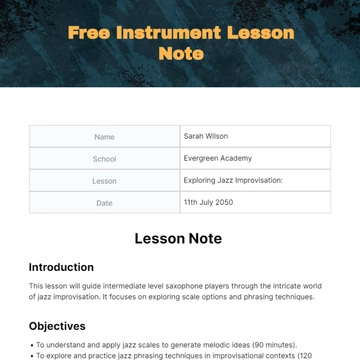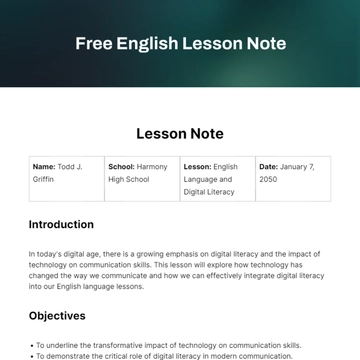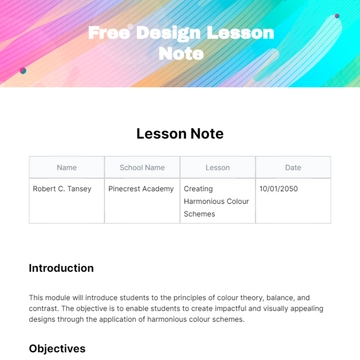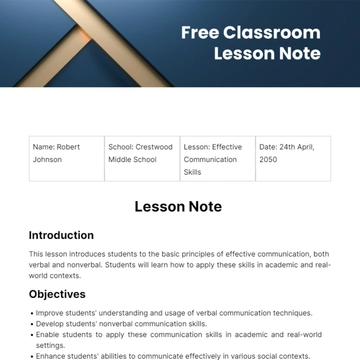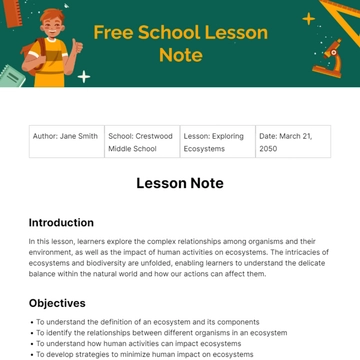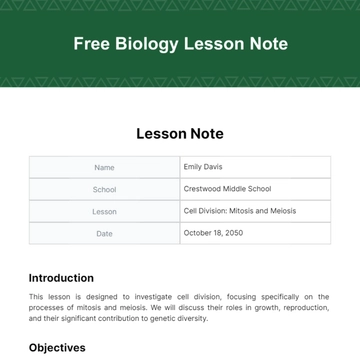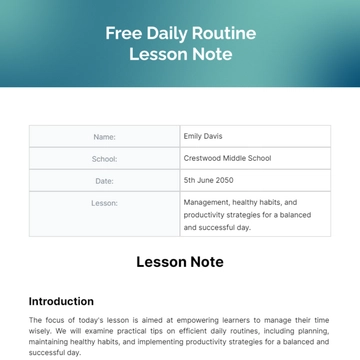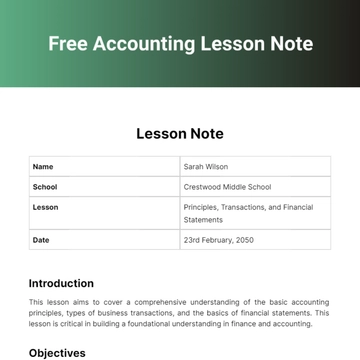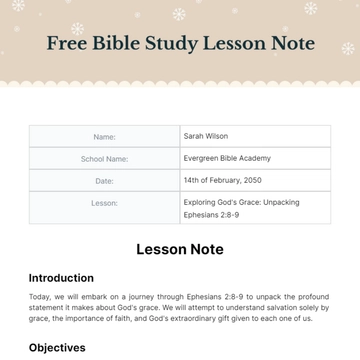Simple Lecture Note
Topic: The Solar System
Prepared by: [Your Name]
I. Introduction
The Solar System consists of the Sun and the objects that orbit around it, including planets, moons, asteroids, and comets.
II. Main Parts
A. The Sun
B. Planets
Mercury: Closest to the Sun, smallest planet.
Venus: Similar in size to Earth, with a thick atmosphere.
Earth: The only planet known to support life.
Mars: Known as the Red Planet, with the largest volcano.
Jupiter: The largest planet, with a Great Red Spot.
Saturn: Known for its prominent ring system.
Uranus: Has a unique tilt, rotates on its side.
Neptune: Known for its blue color and strong winds.
C. Moons
Definition: Natural satellites that orbit planets.
Example: Earth's Moon, Jupiter’s moon Ganymede (largest moon).
D. Asteroids
E. Comets
III. Summary
The Solar System includes the Sun and various celestial objects orbiting it, such as planets, moons, asteroids, and comets. Each component plays a unique role in the structure and dynamics of the Solar System.
Note Templates @ Template.net
